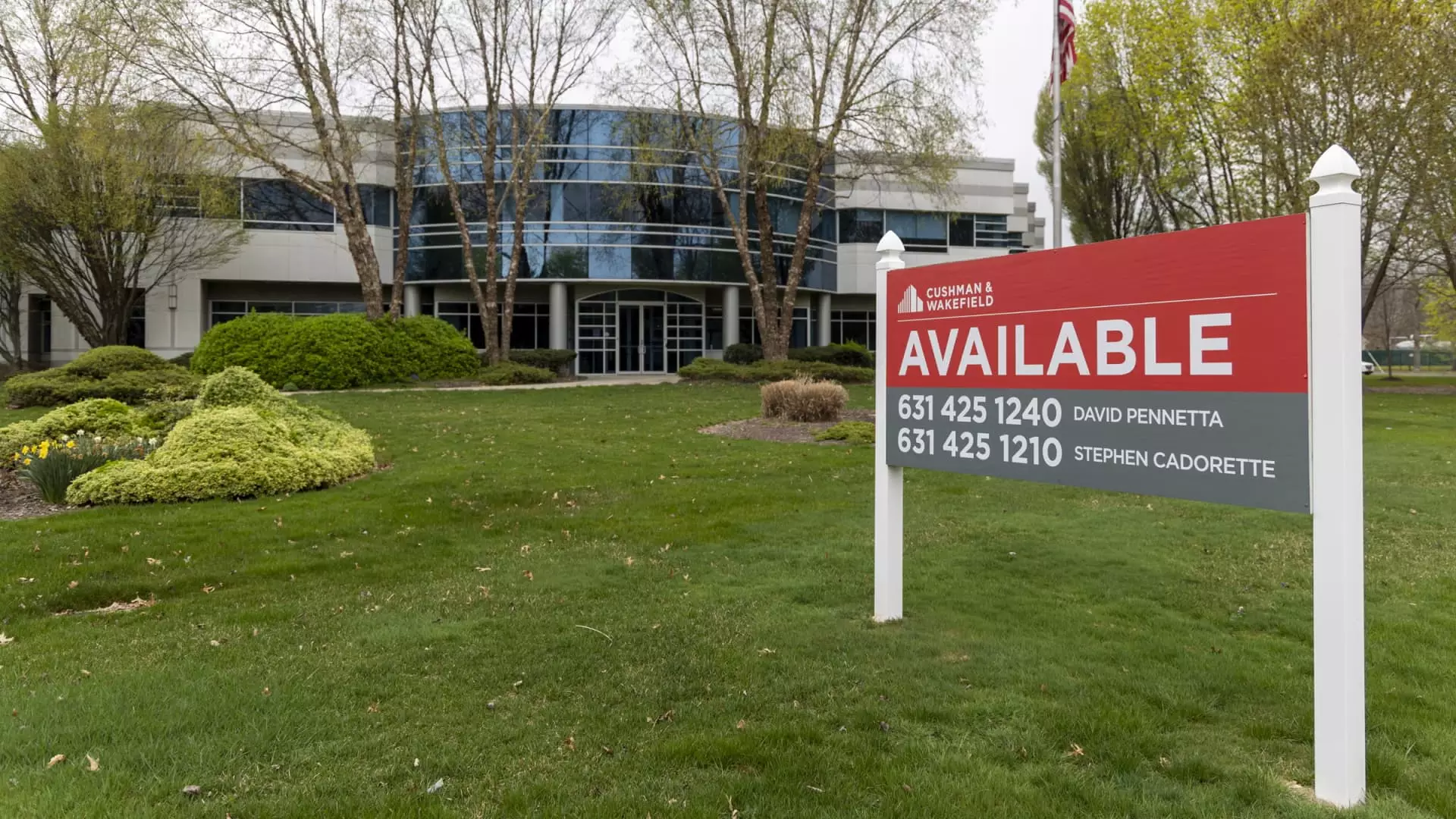The commercial real estate (CRE) sector has been navigating tumultuous waters for the past few years, primarily due to rising interest rates and shifting economic tides. However, a significant policy shift by the Federal Reserve, which commenced an interest rate cutting cycle in September, may indicate a turning point for the industry. The Fed’s decision to lower the Fed funds rate for the first time since 2020, dropping it by 50 basis points, has set the stage for a potential revival in commercial real estate activity. This new monetary easing could lead to cheaper borrowing costs, crucial for a sector that heavily relies on debt for transactions.
As interest rates decline, commercial property transactions often increase, alleviating some of the pressure that has built up in the market since the onset of the COVID-19 pandemic. Investors, who had been sitting on the sidelines during the high-interest rate environment, are now incentivized to reconsider their positions and engage in new ventures. This sentiment shift, as noted by industry analysts, lays the groundwork for a recovery in commercial real estate, although the path will not be without its challenges.
The CRE market has been under substantial stress since the pandemic disrupted the global economy, resulting in declining property values and muted sales activity. The reverberations of higher borrowing costs, combined with a glut of available properties and weakened tenant demand, have led to a stall in the market after a nearly 15-year bull run. Analysts from Wells Fargo have pointed out that while rate cuts do not constitute a “magic bullet,” they do provide essential support for sectors anticipating a resurgence.
Interestingly, despite the fact that overall transaction volumes have recently seen their first quarterly increase since 2022—thanks significantly to activity in the multifamily sector—the market remains fraught with disconnection. Buyers have hoped for lower prices while sellers have clung to inflated valuations, resulting in a standoff. This period of indecision has left many foreseeing a very gradual recovery, and yet a flickering hope could be felt as deals began to trickle back.
The CRE landscape is characterized by stark contrasts across its various subsectors. For instance, multifamily real estate has shown promising signs of revitalization, with net absorption rates surging to levels not seen in nearly three years. This uptick signals not only a thriving demand for apartments but also reflects a significant shift in consumer behavior. Investors and tenants alike are drawn towards multifamily units, as they present a more affordable option compared to skyrocketing single-family home prices.
In contrast, the office space market continues to grapple with several obstacles, including rising vacancy rates and a lingering hesitance towards long-term office commitments owing to the prevalent hybrid work culture. While there are slight indicators of improvement—such as positive net absorption for office space for the first time since 2022—vacancy rates have reached alarming heights. A rise in offices becoming underutilized is proving a challenging dynamic that could prolong recovery for the office segment.
Looking forward, while many analysts remain optimistic, they also caution that the recovery trajectory will vary across different property types. Wells Fargo’s assessment suggests a division where multifamily sectors may continue showing promise due to elevated demand driven by economic factors, while the office market may still have a “longer road ahead.” Given the current economic conditions, property prices in central business districts remain a substantial 48.7% lower than pre-pandemic levels, indicating that significant headwinds remain.
Moreover, with properties experiencing record vacancy rates and rents showing a flat trajectory, those specializing in office properties need to brace for a possible drawn-out recovery period. Indeed, lessons learned from this turbulent period may steer future investment strategies, spotlighting the multifamily sector as an increasingly favorable option.
Widespread economic conditions also play a vital role in shaping the future of commercial real estate. As the market adjusts to manageable rent growth and stabilizing vacancies, it provides a protective cushion against shocks that may arise in the broader economy. The stark contrast in costs between homeownership and renting particularly underscores this moment of uncertainty, with high mortgage obligations steering consumers toward rental markets.
As we dissect the current state of commercial real estate, we can observe that while policy changes from the Federal Reserve are generating much-needed momentum, the path forward is likely to be uneven. Understanding these complexities will be crucial for stakeholders in navigating what lies ahead in this multifaceted sector, ensuring they remain resilient amidst fluctuating tides.

